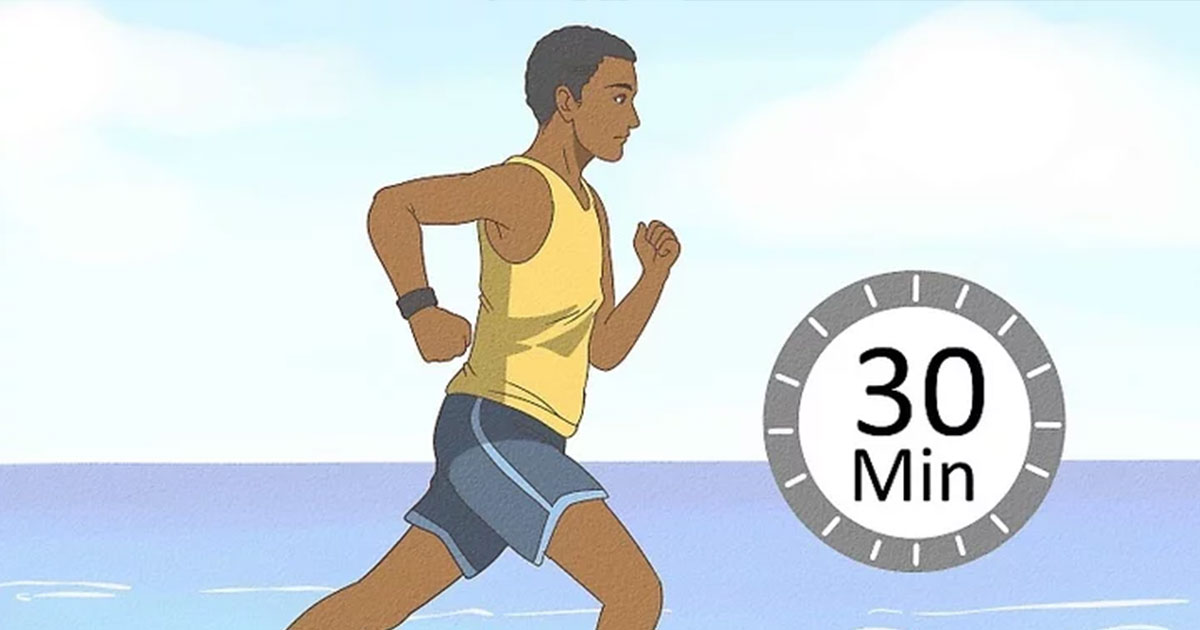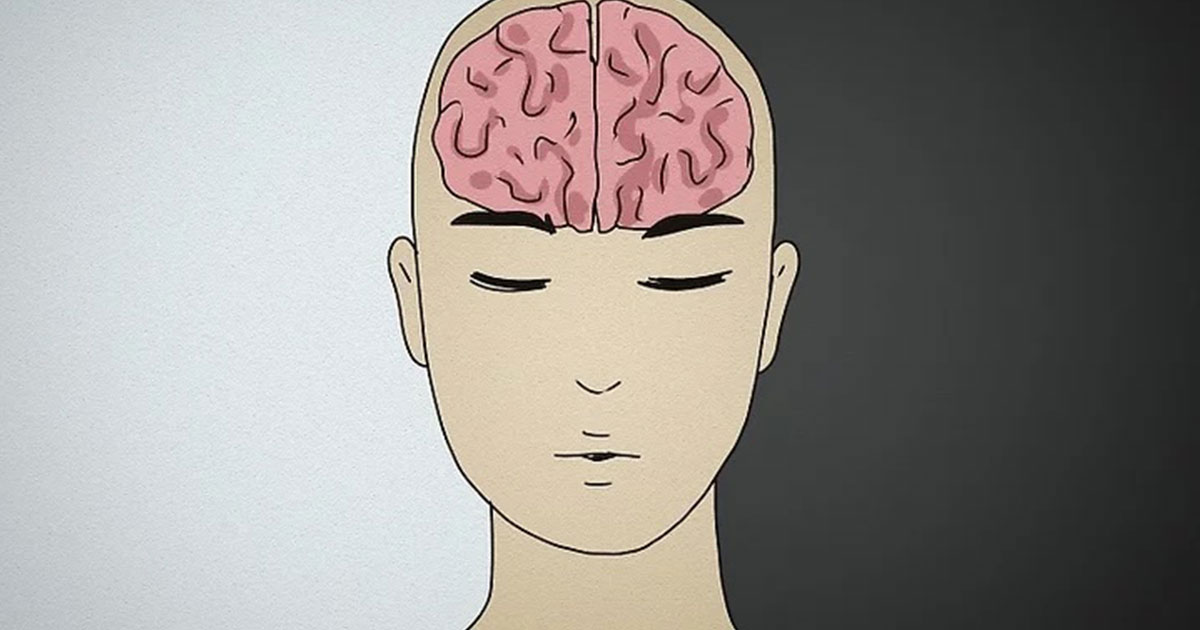10 Tricks to Detect Lies on the Spot
Detecting lies can be a valuable skill in personal and professional settings. Here are ten tricks to help you spot dishonesty on the spot:
1. Inconsistent Stories
Pay attention to details in a person’s story. If their account changes or contains discrepancies over time, it could indicate a lie.
2. Body Language
Nonverbal cues like avoiding eye contact, fidgeting, or unnatural stillness may signal dishonesty. People often have difficulty controlling their body language when lying.
3. Microexpressions
These are brief, involuntary facial expressions that reveal genuine emotions. A person might say they’re happy but have a quick flash of anger or fear on their face.
4. Excessive Detail
Liars sometimes provide too much information, thinking that adding more details will make their story more believable. If a story seems overly complex or includes unnecessary specifics, it could be a sign of fabrication.
5. Verbal Cues
Listen for verbal cues such as hesitations, speech errors, changes in pitch or tone, and overuse of filler words like “um” or “uh.” These can indicate stress or cognitive overload from lying.
6. Overemphasis on Truth
Watch for phrases like “to be honest” or “truthfully.” These can be red flags as they may indicate that the speaker is attempting to convince you of their honesty rather than simply being honest.
7. Avoiding Questions
Evasive responses, vague answers, or attempts to redirect the conversation away from the subject can suggest that someone is not being truthful.
8. Contradictory Statements
Pay attention to statements that contradict earlier claims or established facts. Liars often struggle to keep their story straight over time.
9. Repetition of Stories
Ask the person to repeat their story multiple times or ask for details again later. Liars might find it challenging to keep the details consistent.
10. Trust Your Instincts
Sometimes, your gut feeling or intuition can sense something is off. Trust your instincts if you feel that someone might be lying.
While these tricks can help detect lies, it’s important to consider context and avoid jumping to conclusions without sufficient evidence.














